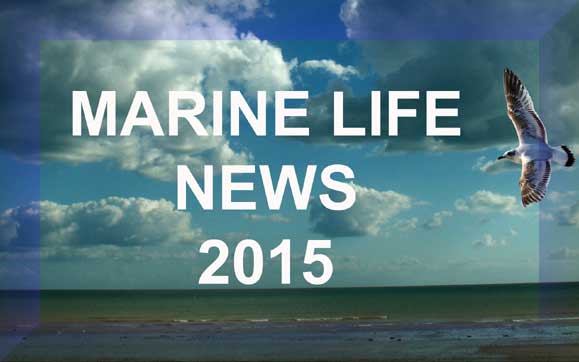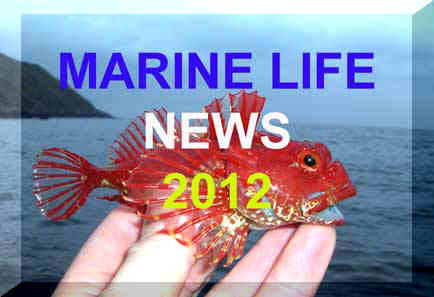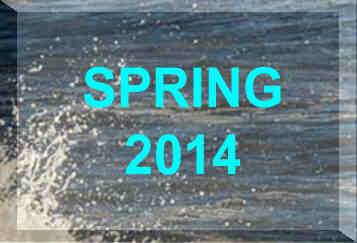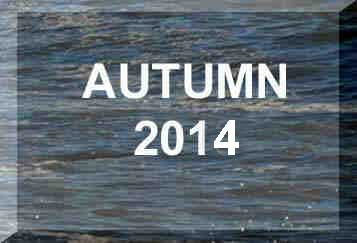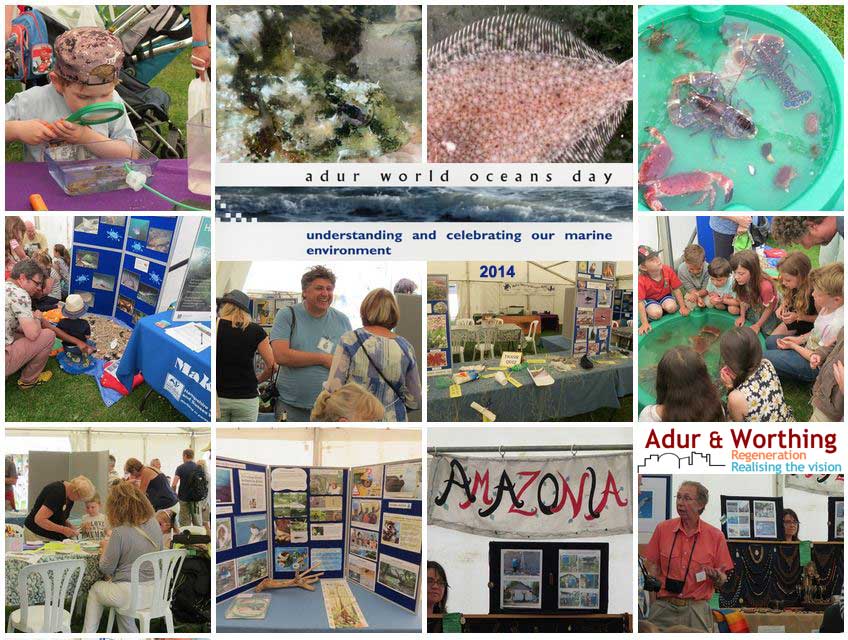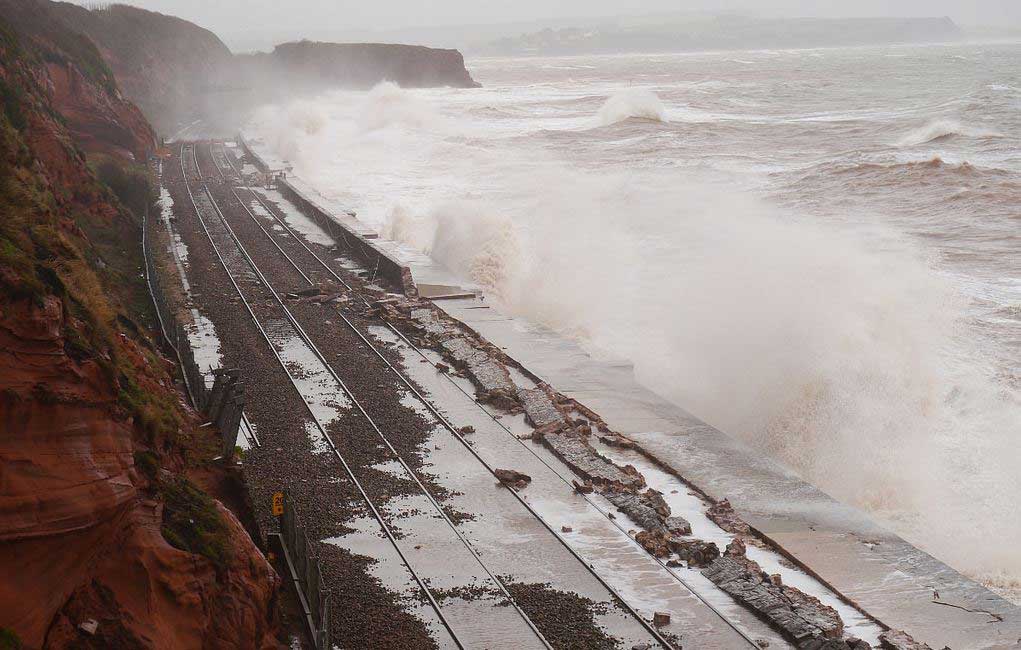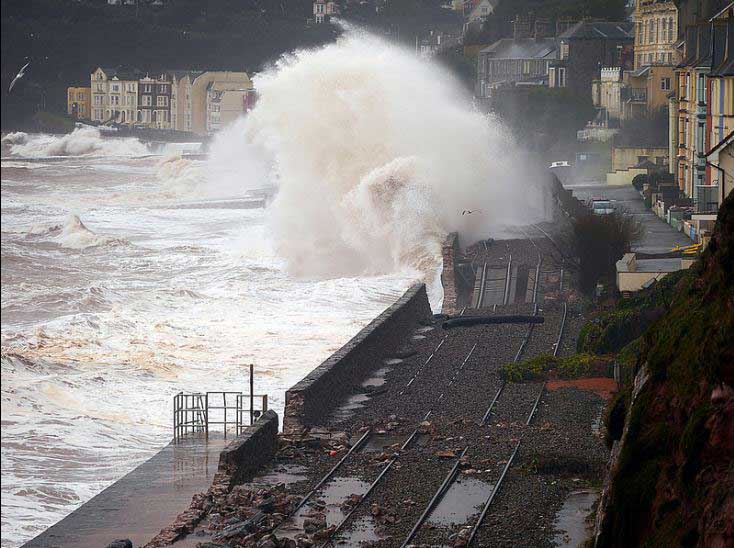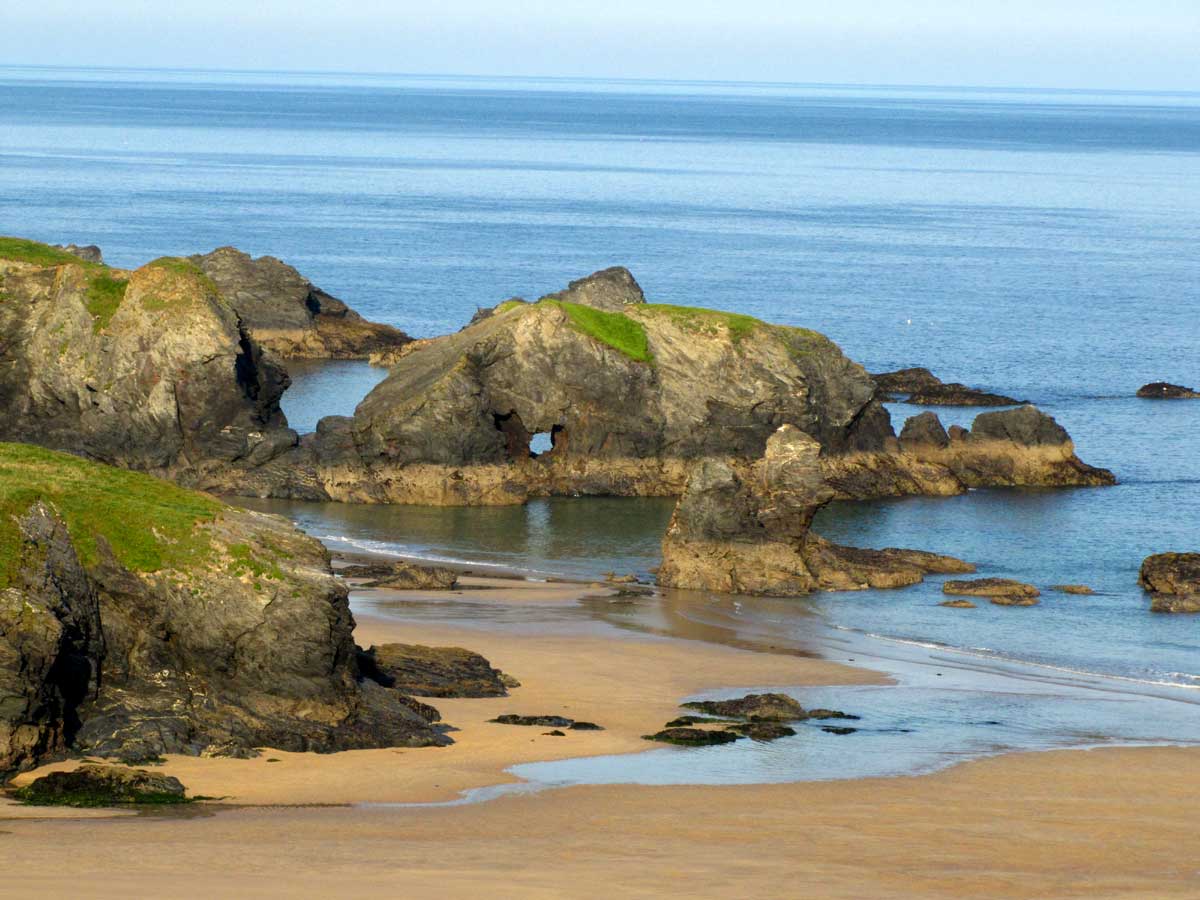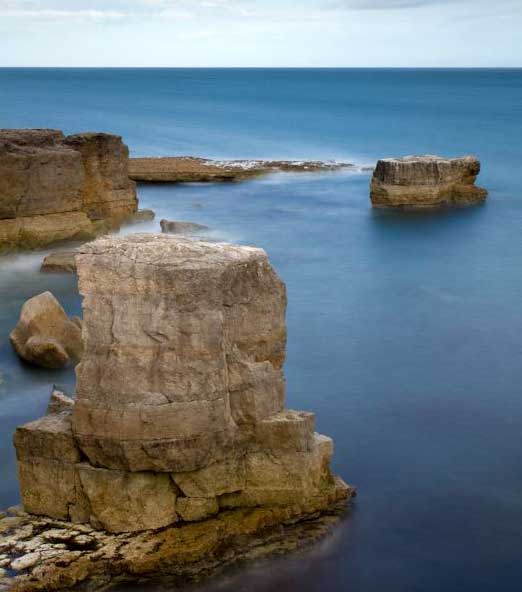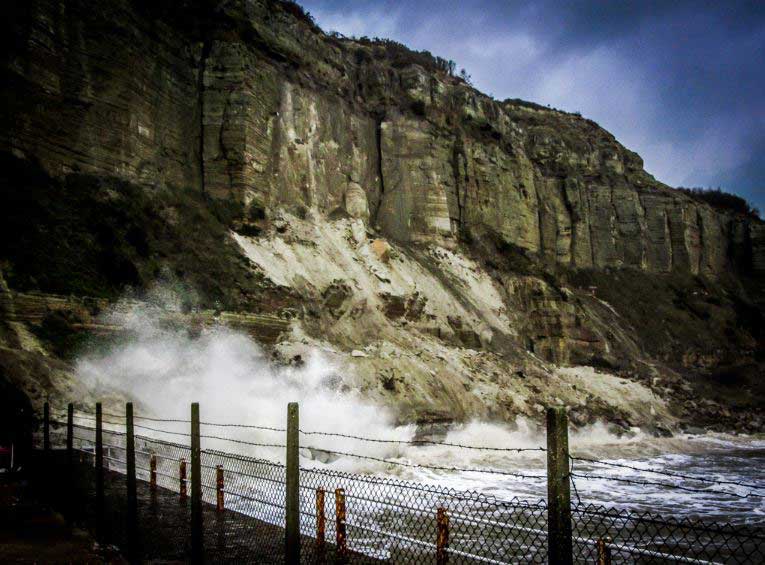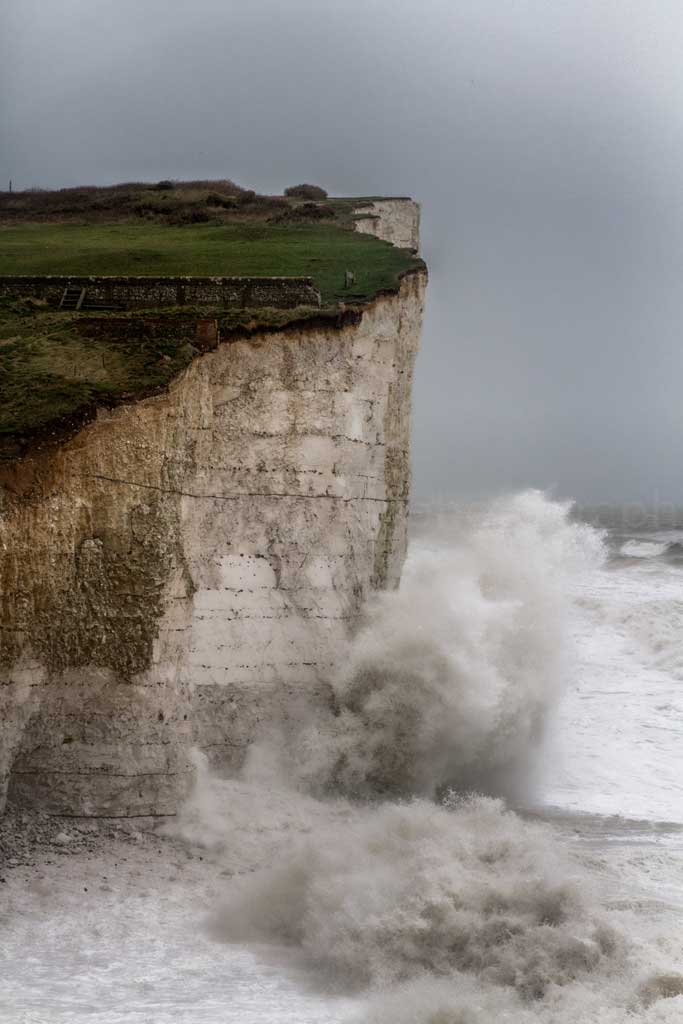LATEST
NEWS:
30
December 2014
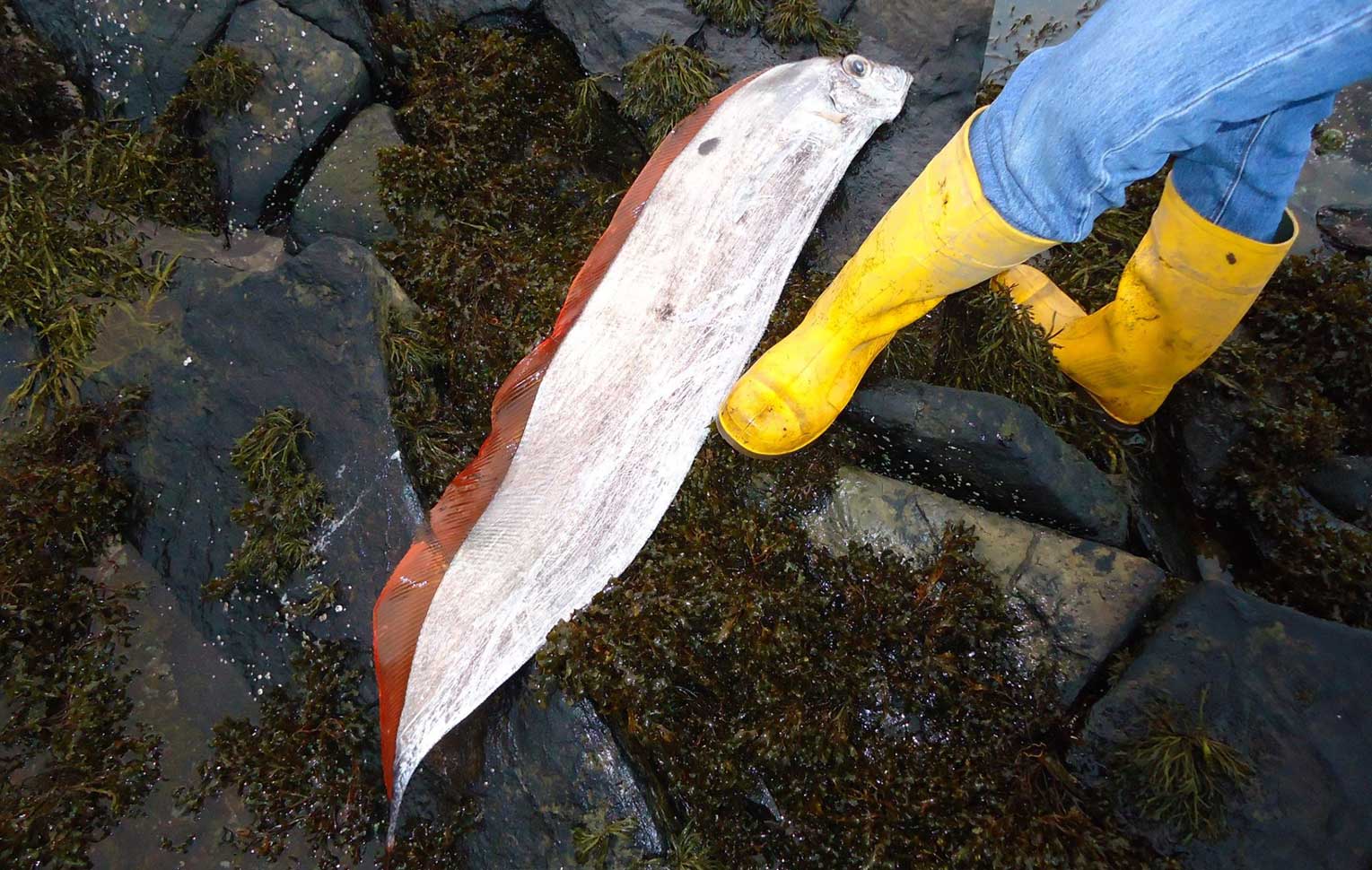
Dealfish
Photograph
by Senga Millar
An
adult
Dealfish
(Ribbonfish
family),
Trachipterus
arcticus,
was spotted actually swimming offshore in Scapa
Flow at Bu in Orphir,
Mainland,
Orkney.
"It
was alive as we watched it swim inshore then we went back down with the
camera it was on the rocks." Alas, this large
150 x 30 cm (5 ft x 1 ft) and rather distinctive silvery fish, with a long
bright orange dorsal fin, perished as would be expected out of its normal
deep sea environment. This unusual fish
usually lives at depths of over 300 metres.
Previous
Report 2014
BMLSS
Strandline
BMLSS
Beachcombing facebook
24
December 2014

A virtual
skeleton of aKemp's
Ridley Turtle,
Lepidochelys
kempii, was discovered washed up on
a beach at Tarbet
in the North
West Highlands of Scotland.
21
December 2014
Two
young Kemp's Ridley Turtle,
Lepidochelys
kempii, were discovered on the shore
near Formby on Merseyside
and Cumbria's Walney
Island, north-west England on coasts facing the Atlantic Ocean. The
critically-endangered turtles usually inhabit the Gulf of Mexico, but may
have been "cold-stunned" by a drop in ocean temperatures. These young turtles
were still alive but in poor condition. These
endangered turtles breed on the coasts of Mexico and are usually found
in the Gulf of Mexico
and were thought to have blown across the Atlantic Ocean. The turtles
are likely to have suffered in the cold seas and would have succumbed if
they had not been rescued.
Another
one was washed up starving and dying on the Dutch coast at Den
Helder Beach.
BMLSS
Turtles
27
November 2014

Pygmy
Sperm Whale, Kogia
breviceps
Report
& Photograph by Rohan
Holt
facebook
The
Pygmy
Sperm Whale, Kogia
breviceps, washed
up alive on Anglesey a week ago has now washed up dead at Dinas
Dinlle Beach
on the Welsh mainland coast, south-east of Anglesey. Cetacean experts were
busy examining the corpse.
This
whale is classified as a Vagrant in the British
Cetacean List.
25
November 2014
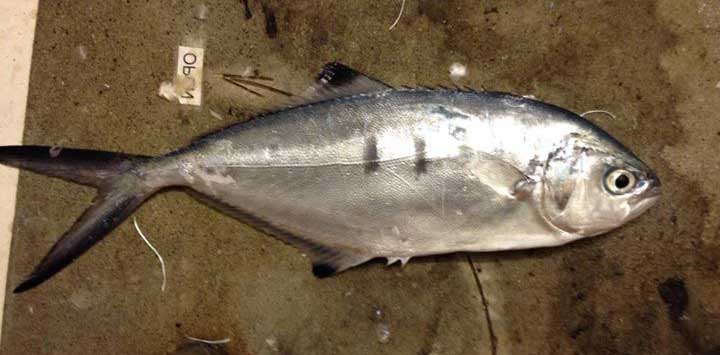
Derbio, Trachinotus
ovatus
Report
& Photograph by Matt
Round
on Fishing
News facebook
A Pompano
(also called a Derbio),
Trachinotus
ovatus, was caught off Plymouth. This
is a warm water fish that is only rarely seen or caught in British seas,
a moderately common shoaling fish in shallow water in areas of surge in
the Mediterranean
Sea and the adjacent Atlantic shores.
This small fish (about 35 cm long) is found in clear waters over sand or
mud bottoms in the surf zone and also caught by anglers from rocky shores
from the Bay
of Biscay southwards.
Previous
Record 2005
It
is classified in the family Carangidae,
known as Jacks and Pompanos.
20
November 2014
Rescuers
of a stranded cetacean on Newborough
Beach, Anglesey,
were surprised to discover a rare Pygmy
Sperm Whale, Kogia
breviceps, washed up alive on the
sand. At three metres long it still look a team of people to transport
the whale to the sea where it swam off successfully into deeper water.
The
Pygmy
Sperm Whale is found in tropical seas worldwide
but there have only been about a dozen records in British seas, mostly
strandings as this whale is not often seen from boats.
BMLSS
Cetacea
BMLSS
Pygmy Sperm Whales
4 November
2014
A
tropical Oceanic Pufferfish,
Lagocephalus
lagocephalus,
was discovered washed up dead on Chesil
Beach, Dorset, by Richard
Fabbri, having been swept on to pebbles
by the high tides. The fish was 30 cm along from
head to the base of the caudal fin, but was actually longer than this because
this fish inflates itself like a balloon to make it bigger to discourage
predators. It does not make a good meal, especially
for humans, because the fish more than likely contains a toxin tetrodotoxin
sufficiently harmful enough to cause death to anyone eating the fish without
expert culinary preparation. It is advisable not to even touch the fish.

Oceanic
Pufferfish
Photograph
by Richard Fabbri
The
Oceanic
Pufferfish is normally found in tropical
seas and is a very rare and surprising discovery in the English Channel.
Previous
Report 2006
Poisonous
Fish
23
September 2014
An
epic natural tragedy in the sea was witnessed off the Ards
Peninsula, north-east Ireland, when a bull
seal was spotted by Lena
McVea from Ballywalter
with a large item of living prey in its mouth, described as pink with a
large dark shadow and as big as another seal. This action was seen through
binoculars in a deep channel with pladdies,
between the Long Rock and the shore. Eventually, a three metre long juvenile
Basking
Shark,
Cetorhinus maximus,
was discovered dying on the sandy shallows. The freshly dead shark was
taken away for post-mortem.
Full
Report on Manx
Basking Shark Watch facebook
Shark
Trust Basking Shark Project
BMLSS
Basking Shark
Queen's
University Marine Laboratory web pages
23
September 2014
Sea
Spider, Endeis
Photographs
by David Fenwick Snr
An
extraordinary red Sea Spider,
Endeis
species, was discovered on the lower shore
at St. Ives,
Cornwall. There were quite a few of these miniature pycnogonids
rarely recorded before this year on British shores. Sea
Spiders are occasionally discovered on the
shore and in the seas around the British Isles but they are usually of
the genus Nymphon
or the bulkier and widespread species Pycnogonum
littorale. But this year this slender
species, without chelifores
or palpus, has also been recorded
at St.
Abbs Nature Reserve by Shaun
West (in August
2014) and other reports from the east coast
of England (by Dawn
Watson) and the first ever records from
the Netherlands (Marco
Faase). This
specimen was examined microscopically by Dr.
Paul Gainey and identified as Endeis
spinosa. The are 10 records of this
species in Cornwall, the first in 1912, but confirmed by Bamber in 1983.
Endeis
on MarLIN
Pycnogonida
(Sea Spiders)
Fossil
Focus: Pycnogonida
26
July 2014
Shoals
of Anchovies,
Engraulis
encrasicolus,that normally inhabit
warm waters have been seen swimming in the North Sea off the Essex coast.
Angler Richard Holgate
has caught this Mediterranean fish off Walton-on-the
Naze pier
for the first time. In historic times Anchovies
were caught in large numbers off the coast of the Netherlands in summer
when they entered the Wadden
Sea and Zuiderzee.
After the closing of the Zuiderzee they were still found in the Wadden
Sea until the 1960s.
They were also caught in the estuary of the Scheldt.
There is reason to believe that Anchovies
at the western end of the English Channel in November and December migrate
from the Zuiderzee and the Scheldt in the autumn, returning there the following
spring.
23
July 2014
A
most extraordinary capture of a young Atlantic
Croaker, Micropogonias
undulatus, caught by an angler off
the Dutch coast. This fish is a member of
the Drum (Sciaenidae)
family of fishes that make a distinct
croaking sound.
The
Atlantic
Croaker can be found along the east coast
of the U.S.A. (between Florida and Massachusetts) and northern Gulf of
Mexico, where it is one of the most abundant inshore, demersal fish species.
Captures of this small fish (> 55 cm) in the North Sea are rare but have
occurred before. They are most likely to have arrived in a ship's ballast
water.
Historic
Report 1998 (Journal of Fish Biology 2004)
2
May 2014
Asian
Shore Crab
Photographs
by Martin Burke
An
immigrant Asian Shore Crab,
Hemigrapsus
sanguineus,
was discovered by Martin
Burke in a rock
pool by the Aberthaw
Power Station, in south Wales. This small
intertidal crab is a species of crab from
East Asia. It has been introduced to several other shores, and is now an
invasive species in North America and Europe. These crabs are known from
the European mainland and have been reported in Guernsey,
as far as we are aware this is the first
record of Hemigrapsus
on mainland GB and is therefore a significant record.
GB
Non-native Species Secretariat.
19
February 2014
A juvenile
Loggerhead
Turtle,
Caretta
caretta, was rescued after being washed up alive on Freshwater
Beach
West in Pembrokeshire, SW Wales. The 17 cm (6.7 in) male turtle
was placed in a special quarantine tank at Bristol
Aquarium where it is being treated before, hopefully, being returned
to warmer Caribbean seas from where it had travelled across the Atlantic
Ocean helped by the North
Atlantic Gyre (Gulf
Stream).
18
February 2014
After
the storms, a most extraordinary discovery of a rare Kemp's
Ridley Turtle, Lepidochelys
kempii,
washed
up on Saltdean Beach,
east Brighton, East Sussex, It was unbelievable as it is both the world's
rarest sea turtle and thousands of miles out of its natural range, and
unprecedented in the seas off Sussex.
Kemp's
Ridley Turtles are
listed as critically endangered by the World
Conservation Union, with only 35 previous
records of the Kemp's Ridley
species in UK and Irish waters. According to the Marine
Conservation Society the latest estimates suggest that only a few thousand
adult females still nest on only one stretch of beach on the coast of the
Gulf of Mexico.
BMLSS
Turtles
3 --
6 February 2014
The
wreck of the railway line at Dawlish
Photographs
by Paul Webber
on flickr
More
storms
battered the coast of Cornwall combining with high spring tides,
causing flooding and damage, notably at Looe,
south Cornwall. On 5 February 2014,
the waves wrecked the sea defences and resulted in the closure
of the railway
main line from Exeter to Penzance. The railway track was undermined
at Dawlish by the collapse
of the sea
wall and ballast.
6
January 2014
Exposed
to the Atlantic swell, the Cornish coast suffered remarkable damage after
a terrific pounding by the waves blown on to the rocky shore by gale force
winds. On the northern rocky coast at Porthcothan
Bay a scenic arch and free standing rocky outcrop was destroyed
during the night. On the Dorset coast a substantial sea stack known as
Pom
Pom Rock at Portland
was completely obliterated by the storm.
3
January 2014
Waves
battered the south and west coasts of Britain throughout the day, from
Cornwall and the south coast, all up the western coasts to Scotland, propelled
by high spring tides, gale force winds
gusting to storm force and higher, and a small*
storm
surge.
The
most dramatic storm damage occurred when a large area of sandstone
cliff at Rock-a-Nore
(now part of Hastings,
East
Sussex) fell into the sea at about 1:30
pm. There was also an appreciable chalk
cliff fall near
Birling
Gap in East Sussex.
(*The
storm surge was 0.5 metres at Newhaven, Sussex.)

Strandline
at Dawlish (south Devon)
on
facebook
Photographic
Gallery by Andrew
Cleave
Starfish
and sand burrowing molluscs like cockles
were deposited on the strandline in addition
to the usual collection of Mermaid's Purses,
whelk
egg cases, etc. A Grey
Triggerfish,
Balistes
capriscus, was washed
onshore off the Gower,
south Wales. The power of the waves was strong enough to move the sand
in the shallow water and cause erosion of the shoreline and large displacements
of sand and shingle.
BMLSS
Strandline
1
January 2014
The
New Year was heralded in by overcast and damp weather. Gales battered all
the English and Welsh coasts.
Beaufort
Scale
British
Marine Life News 2012

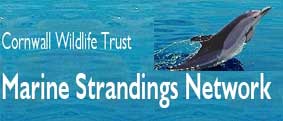
BMLSS
Oil Disasters page


